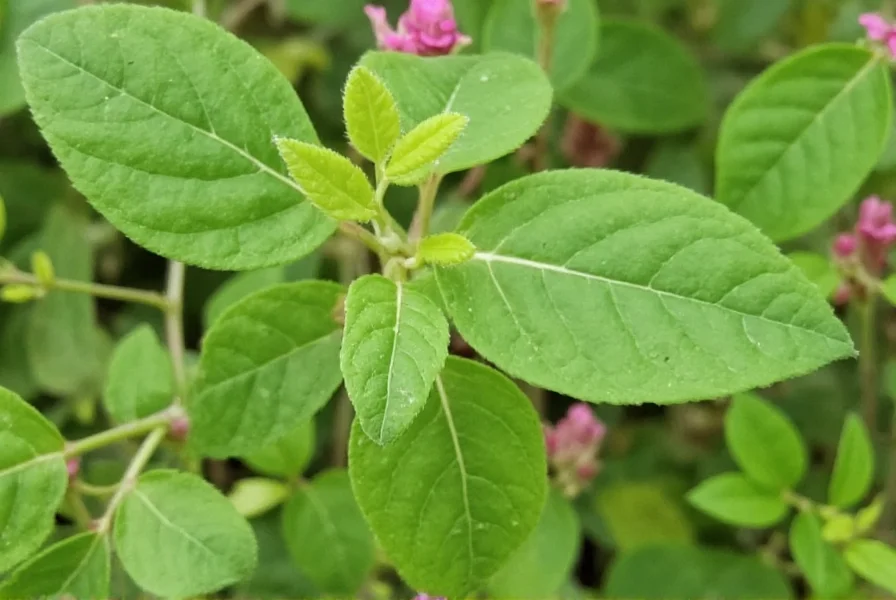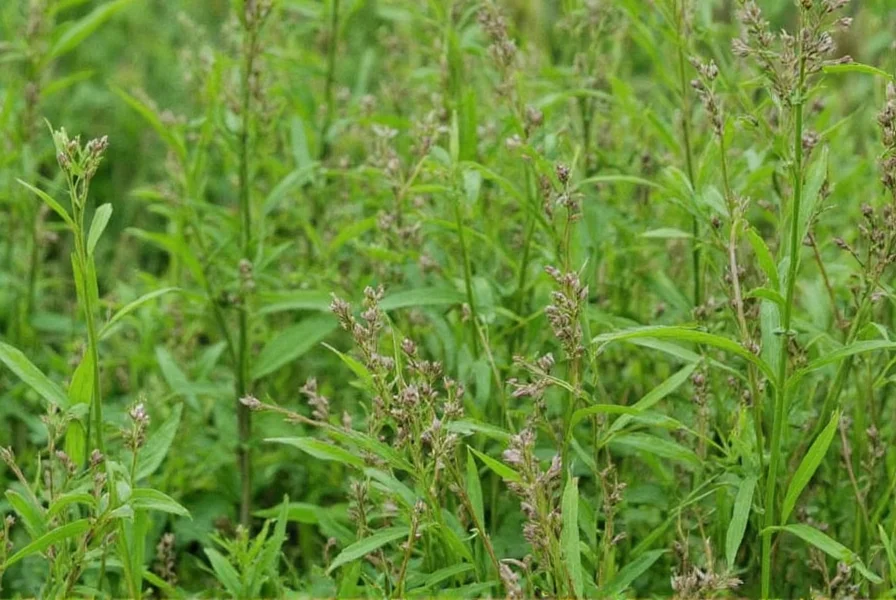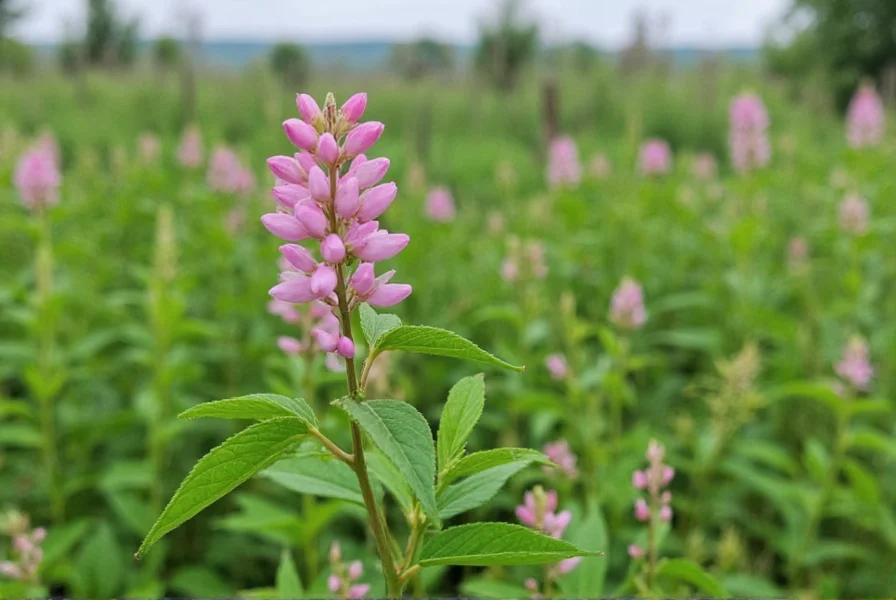Bush clover plants serve as vital components in ecological restoration and sustainable agriculture systems. These hardy perennials thrive in challenging conditions where many other plants struggle, making them valuable for erosion control on slopes and disturbed lands. Their deep root systems improve soil structure while fixing atmospheric nitrogen, reducing the need for synthetic fertilizers in agricultural settings.
Understanding Bush Clover Species Diversity
With approximately 40 recognized species, bush clover exhibits remarkable diversity in growth habits and environmental adaptations. Lespedeza capitata (roundhead lespedeza) features upright growth to 5 feet with dense clusters of white flowers, while Lespedeza cuneata (sericea lespedeza) displays silvery-haired leaves and pink flowers but has become invasive in some regions. The low-growing Lespedeza thunbergii (bush clover) reaches only 1-2 feet and produces striking purple blooms in late summer.

Botanical Characteristics and Identification
Identifying bush clover involves recognizing several key features. These plants typically display trifoliate leaves with smooth or slightly hairy surfaces, depending on the species. The flowers, appearing from mid-summer to fall, resemble miniature pea blossoms in shades of purple, pink, or white. Bush clover seed pods develop as small, hairy legumes containing 1-3 seeds each. During identification, note that some species like sericea lespedeza have distinctive silver-haired leaves that help distinguish them from similar plants.
Growing Requirements and Environmental Adaptations
Bush clover demonstrates impressive adaptability across various growing conditions. Most species prefer:
| Factor | Optimal Conditions | Tolerance Range |
|---|---|---|
| Sun Exposure | Full sun (6+ hours) | Partial shade (3-6 hours) |
| Soil Type | Well-drained loam | Sandy to clay soils |
| pH Range | 6.0-7.5 | 5.5-8.0 |
| Drought Tolerance | High once established | Moderate to high |
These plants establish deep taproots that enable survival in poor soils where other vegetation fails. Their nitrogen-fixing capabilities improve soil fertility over time, making them excellent predecessors for nutrient-demanding crops. When establishing bush clover, plant seeds in early spring after the last frost or in late fall for natural stratification.
Practical Applications and Benefits
The versatility of bush clover makes it valuable across multiple domains. In agricultural settings, farmers utilize certain species as cover crops that suppress weeds while enriching soil. Wildlife managers plant bush clover to provide high-protein forage for deer, turkey, and songbirds throughout the growing season. Gardeners appreciate late-blooming species like Lespedeza thunbergii for extending floral interest when many other plants have finished flowering.
For land restoration projects, bush clover's erosion control capabilities prove invaluable on slopes and disturbed sites. The plant's extensive root system stabilizes soil while its nitrogen fixation improves conditions for other plants to establish. When selecting bush clover for habitat improvement, prioritize native species appropriate for your region to avoid potential invasiveness issues.
Management Considerations
While beneficial in appropriate contexts, some bush clover species require careful management. Sericea lespedeza (L. cuneata) has become invasive in southeastern US states, outcompeting native vegetation. Effective management strategies include:
- Mowing before seed set to prevent spread
- Targeted herbicide application for established infestations
- Prescribed burning in appropriate ecosystems
- Planting competitive native species to crowd out unwanted growth
Gardeners should research local regulations before planting, as some regions restrict certain species. When cultivating desirable species, moderate spring pruning encourages bushier growth and more abundant flowering. Avoid excessive fertilization, which can promote leggy growth at the expense of flowering.
Seasonal Care and Maintenance
Understanding the seasonal cycle of bush clover ensures optimal performance. In spring, new shoots emerge from the crown as temperatures warm. Summer brings vigorous growth and the beginning of flowering for early species. Late summer through fall represents peak bloom time for most varieties, with seed production following shortly after.
During winter, established plants require minimal care beyond leaving seed heads intact to provide winter interest and bird food. In early spring, remove any damaged stems and apply a light compost dressing to support new growth. Bush clover generally resists most pests and diseases, though poor drainage can lead to root rot in heavy soils.

Conclusion: Strategic Implementation of Bush Clover
Bush clover represents a valuable addition to sustainable landscapes when selected and managed appropriately. By understanding the specific requirements and characteristics of different species, gardeners, farmers, and land managers can harness the benefits of these resilient plants while avoiding potential drawbacks. Whether used for soil improvement, wildlife support, or ornamental value, bush clover offers practical solutions for challenging growing conditions when matched to the right environment.
Is bush clover the same as regular clover?
No, bush clover (Lespedeza) belongs to a different genus than true clovers (Trifolium). While both are in the legume family, bush clovers typically grow as upright shrubs or subshrubs rather than low-growing herbs, and they have different flower structures and growth habits.
Can bush clover be used as livestock forage?
Yes, many bush clover species provide excellent forage for livestock, particularly during mid to late summer when other forages may be less productive. Species like sericea lespedeza offer high-protein grazing, though some varieties contain tannins that may reduce palatability for certain animals.
How do I prevent bush clover from becoming invasive?
To prevent invasiveness, choose native species appropriate for your region, monitor growth patterns, and remove flowering heads before seeds mature. In areas where certain species like sericea lespedeza are problematic, avoid planting them entirely and opt for non-invasive alternatives with similar benefits.
When is the best time to plant bush clover?
The optimal planting time depends on your climate. In most regions, early spring after the last frost provides ideal conditions for seed germination. Alternatively, late fall planting allows natural stratification through winter, with seeds germinating as temperatures warm in spring.











 浙公网安备
33010002000092号
浙公网安备
33010002000092号 浙B2-20120091-4
浙B2-20120091-4